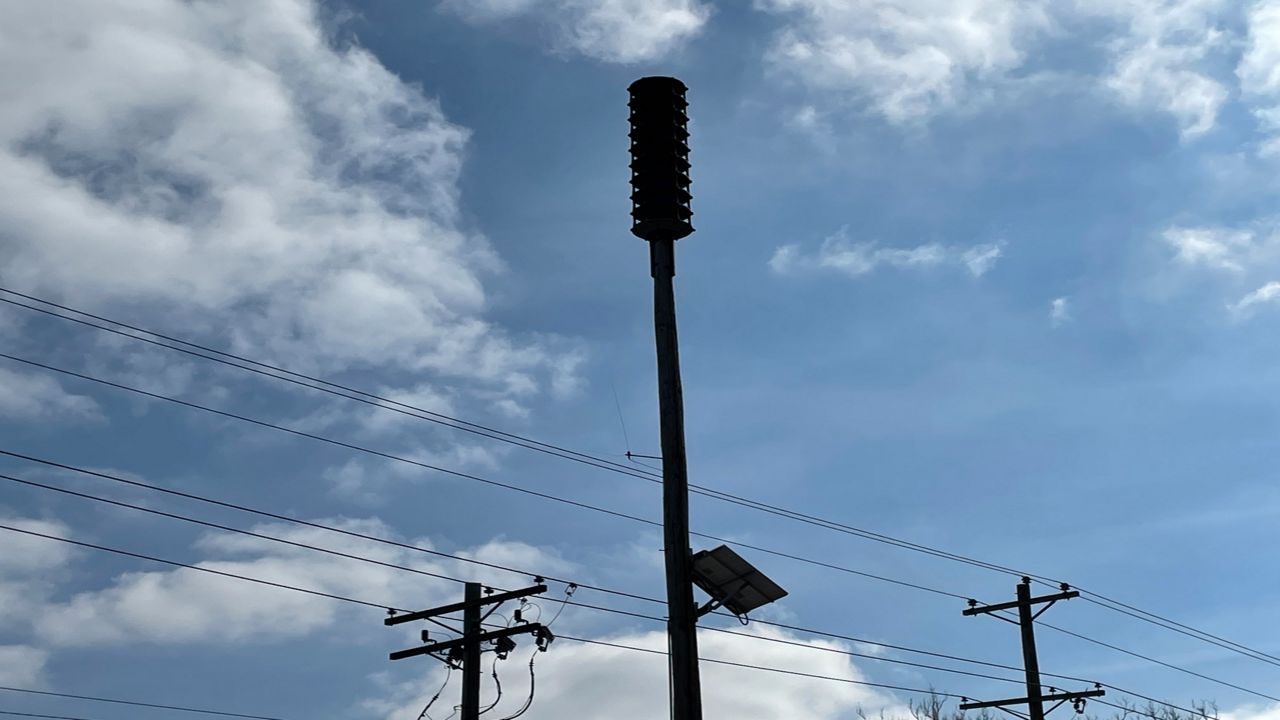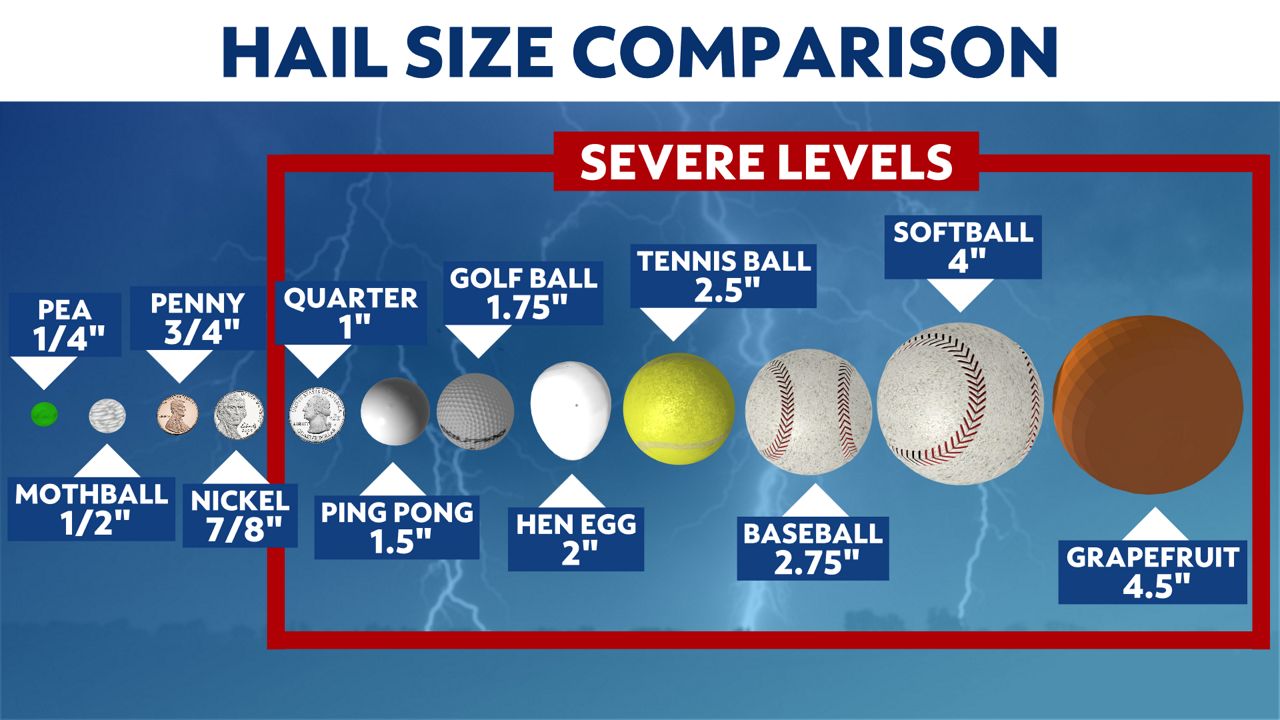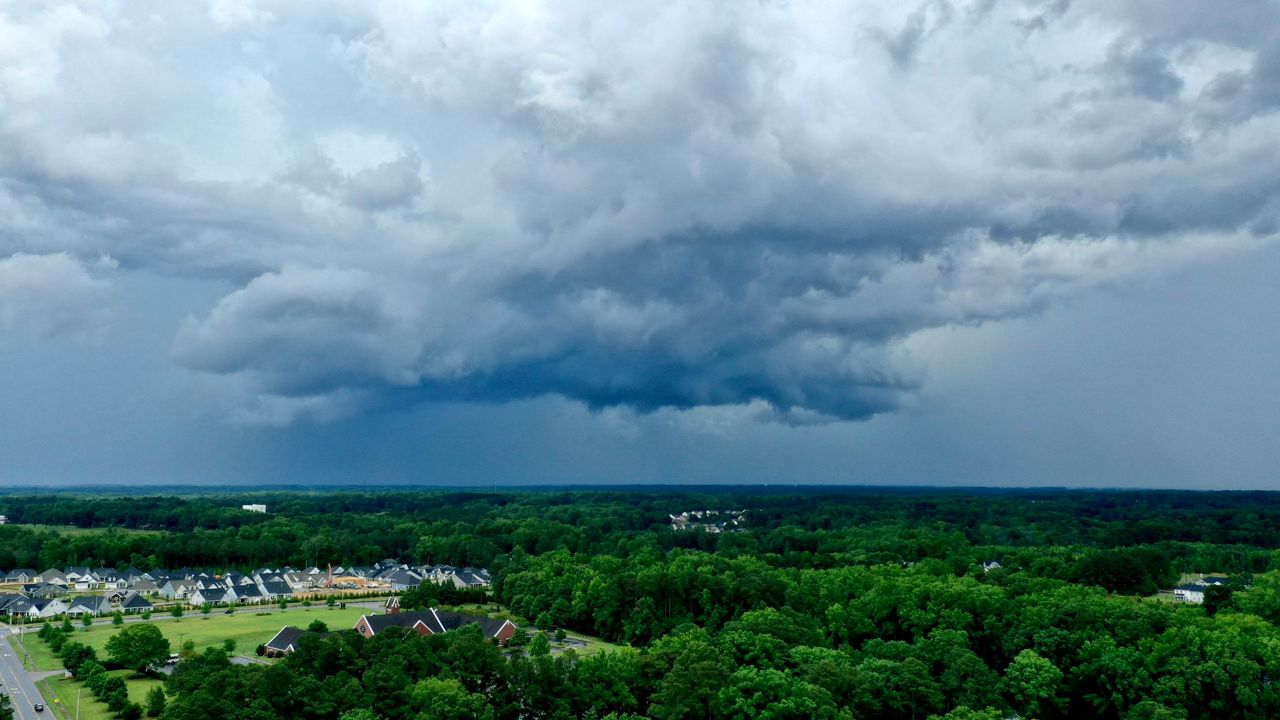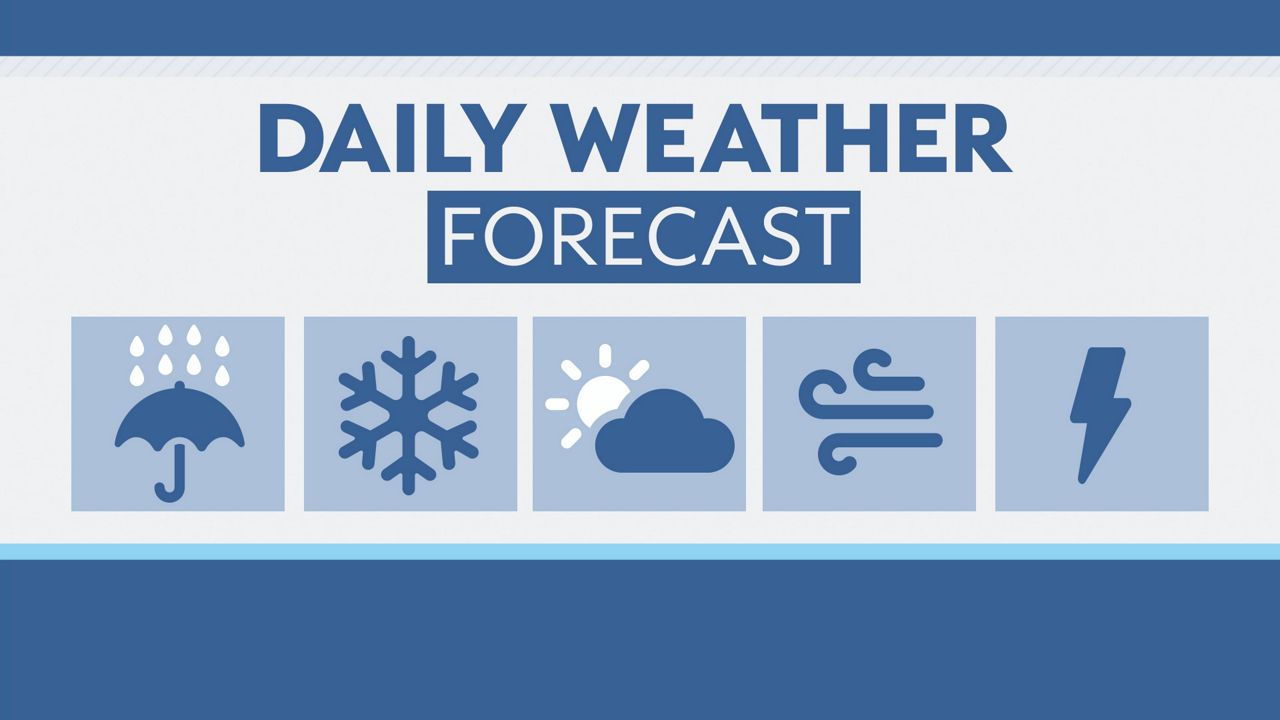It's the first Monday of the month and you hear the tornado sirens blaring. You don't think much of it because it's just a monthly test to make sure the sirens are in working order. But, do you know what to do if the sirens sound for real?
This means when those sirens go off, it's time to practice what you would do during a real Tornado Warning. Our area is prone to severe weather and as the tornadoes on Dec. 10, 2021 taught us, severe weather can happen any time of the year.
When the sirens blare, do you know what to do? Do you have a plan for when you are home and also for when you are out?
If you are at home and the tornado sirens sound, immediately seek shelter immediately. Go to the lowest level of your home, such as a basement or interior room without windows. Use bicycle helmets to protect your head from falling debris.
If you are driving, find a building such as a gas station to take shelter. If you have no building options close to you, either get down in your car and cover your head, or abandon your vehicle and seek shelter in a low-lying area like a ditch or a ravine.

Having and knowing your plan ahead of time will ease anxiety and keep you safe. What should you include in a severe weather plan at home?
- Designate a safe place in your house. Ideally, it should be the lowest level of your home, like a basement. If you don’t have a basement, use an interior room, such as a bathroom or closet. The room should not contain any windows.
- Have a severe weather kit stored in there that includes a NOAA Weather Radio. If cell towers are out during times of severe weather, a NOAA Weather Radio will still be able to provide you with updated information. Keep nonperishable snacks and bottles of water. If possible, extra doses of medications and a few calming items for kids, like a favorite book or toy. Bicycle helmets are also key.
- Involve your kids in creating your plan and making your kit. Develop a severe weather safety drill and practice it several times with them.

When it comes to severe weather, do you understand the terminology? Using a taco as a comparison...
Watch
There is the potential for severe thunderstorms or a tornado to develop because all the ingredients are there.
Similar to when we're making tacos, it's like having the ingredients ready, but we haven't actually made the tacos yet.
Warning
Radar or spotters have reported a tornado or severe weather, or it's expected to happen very soon.
The ingredients came together: We have a taco.
A thunderstorm is classified as severe when it contains wind gusts of at least 58 mph and/or one-inch diameter hail (the size of a quarter).








